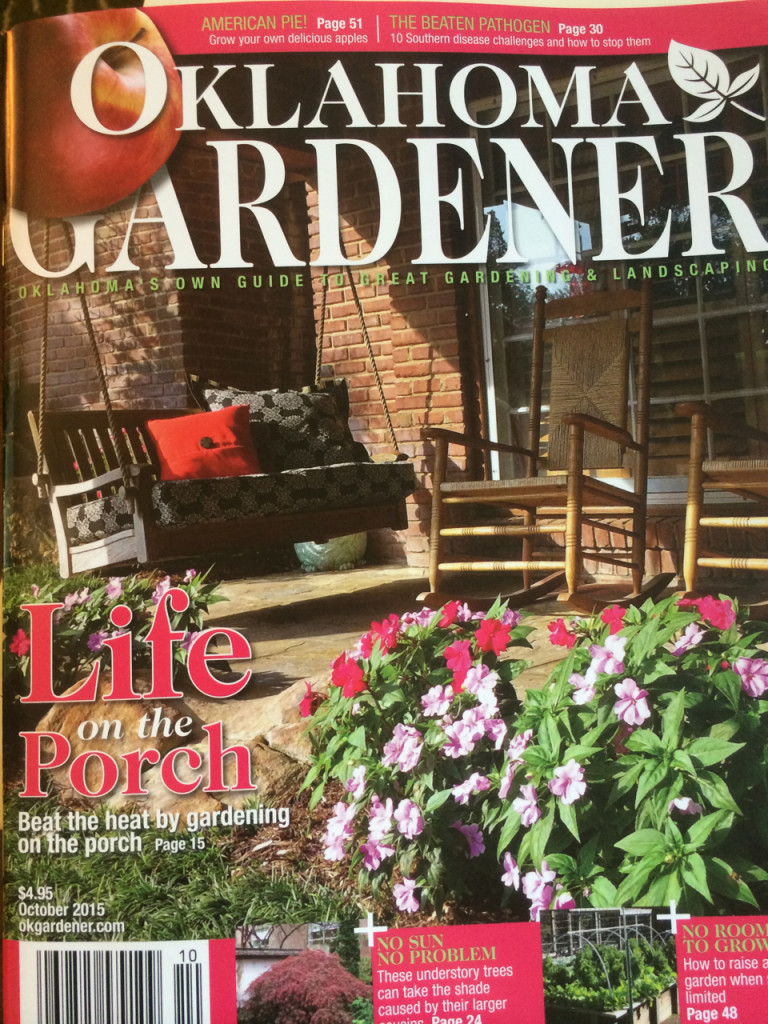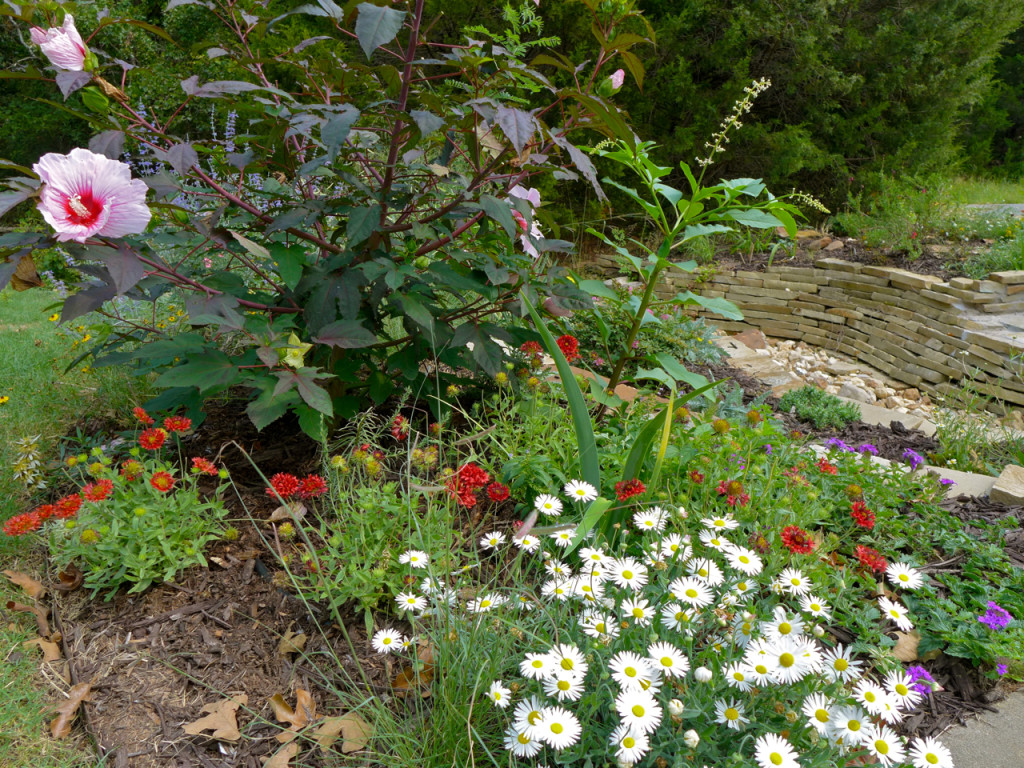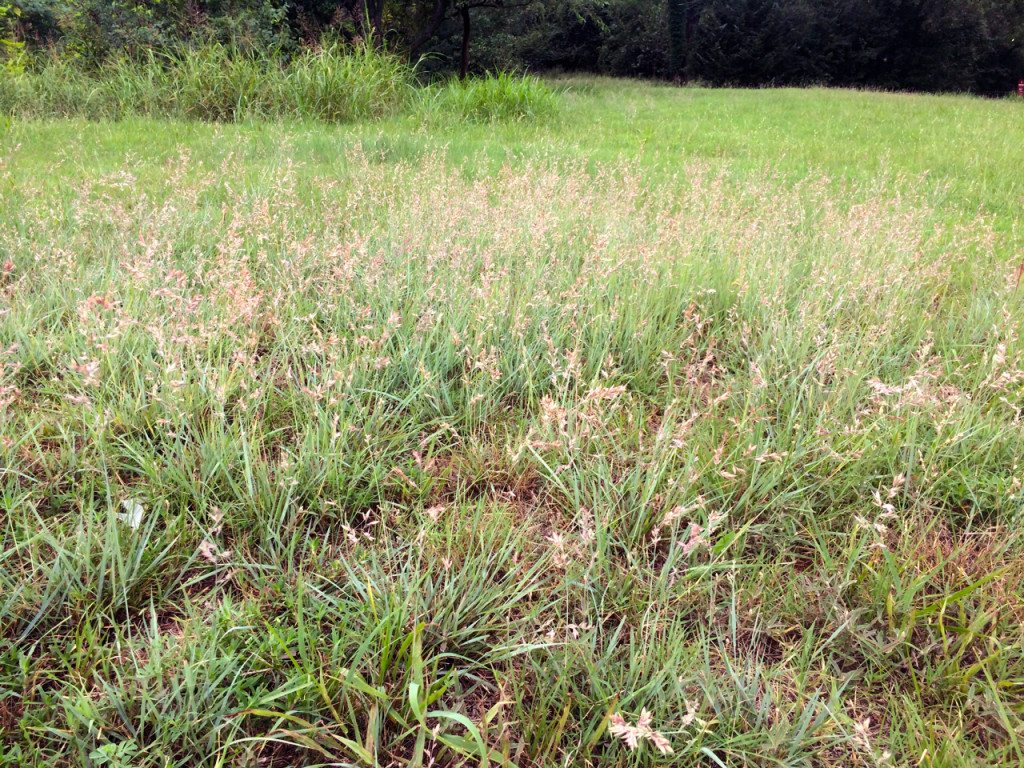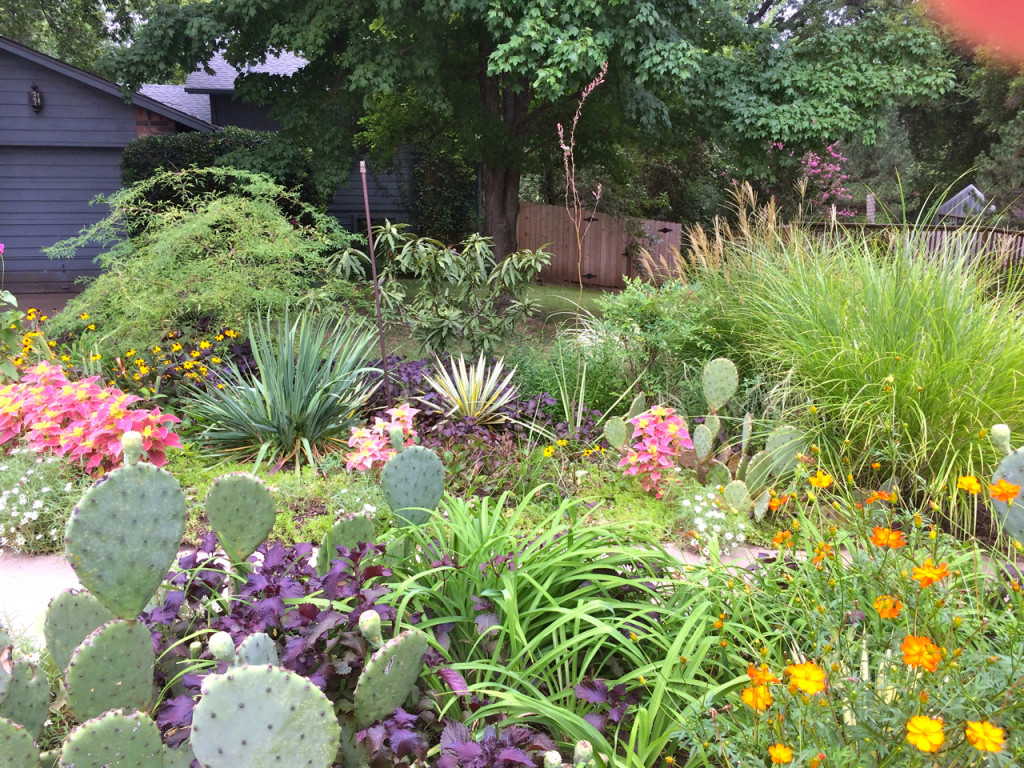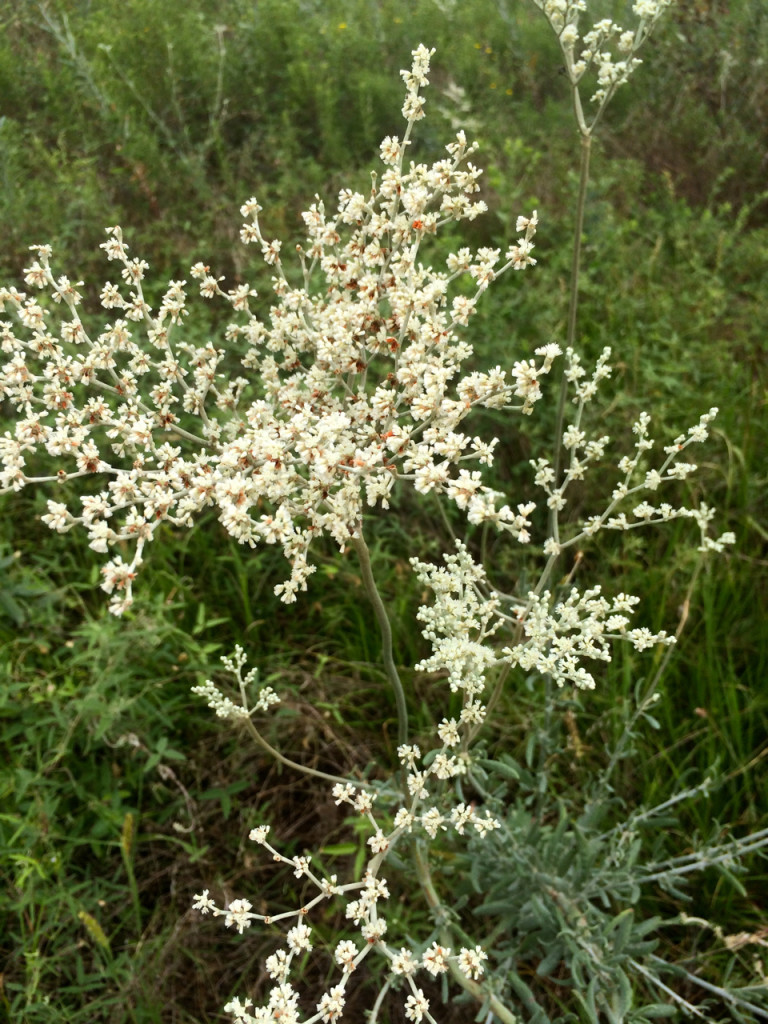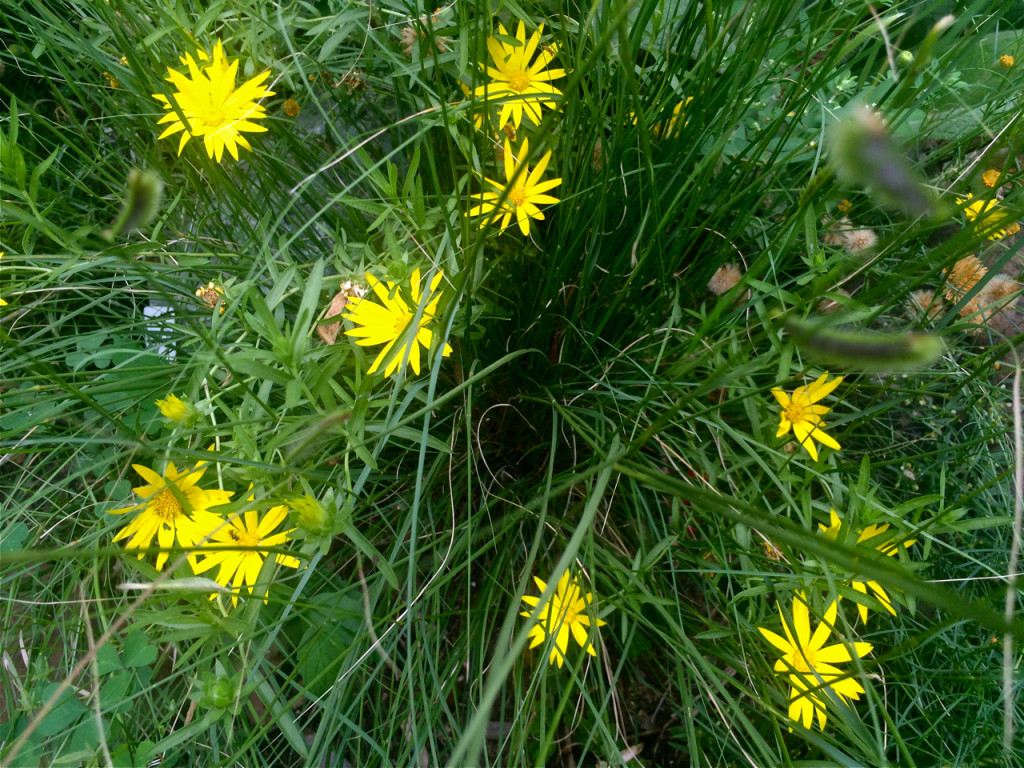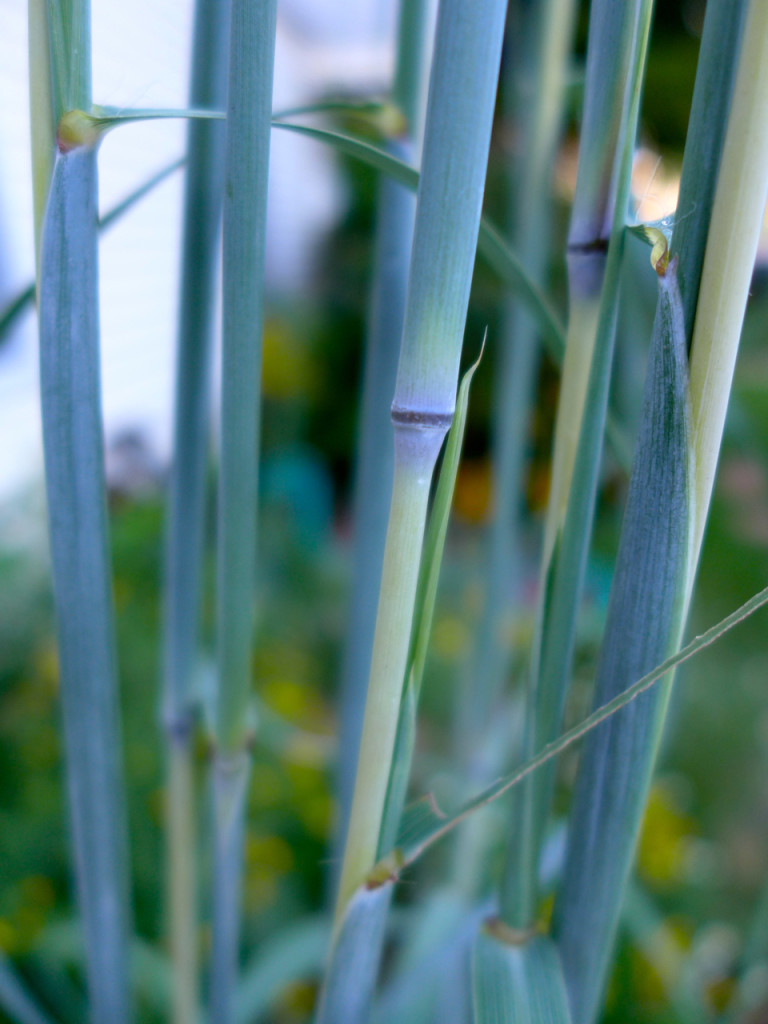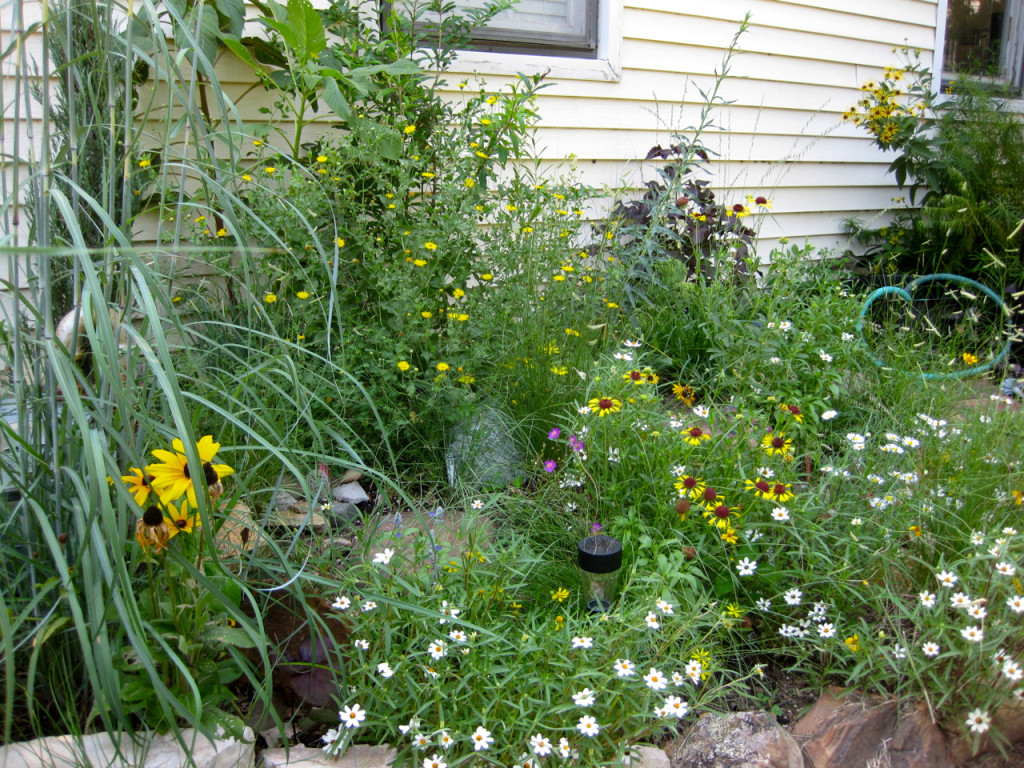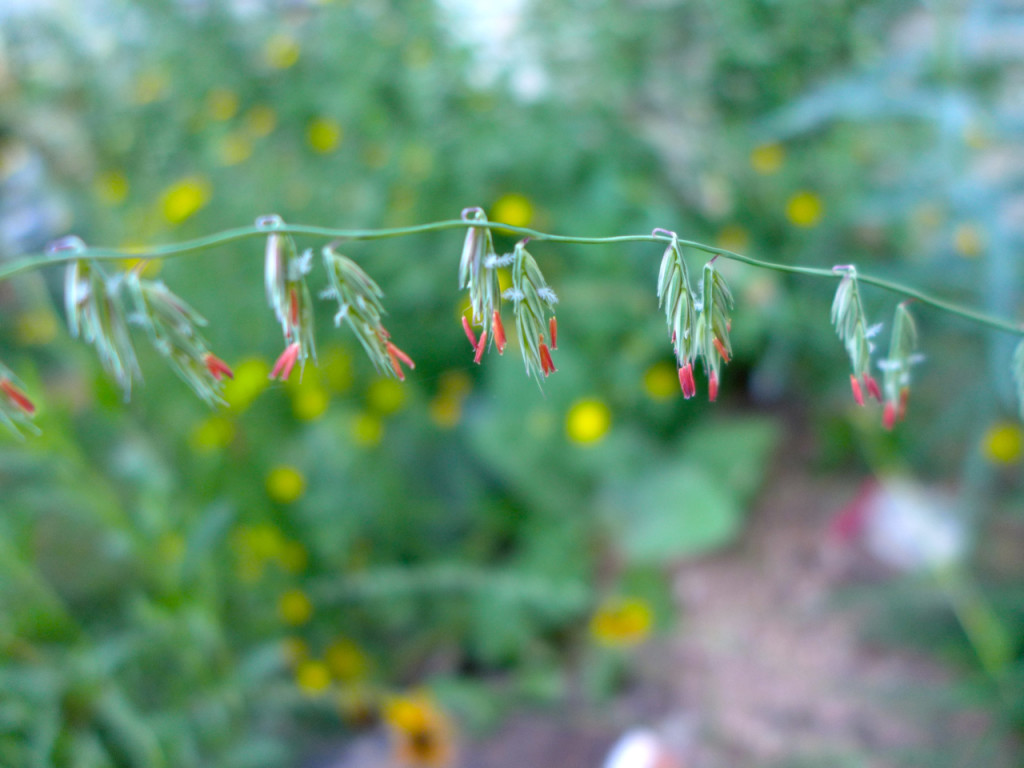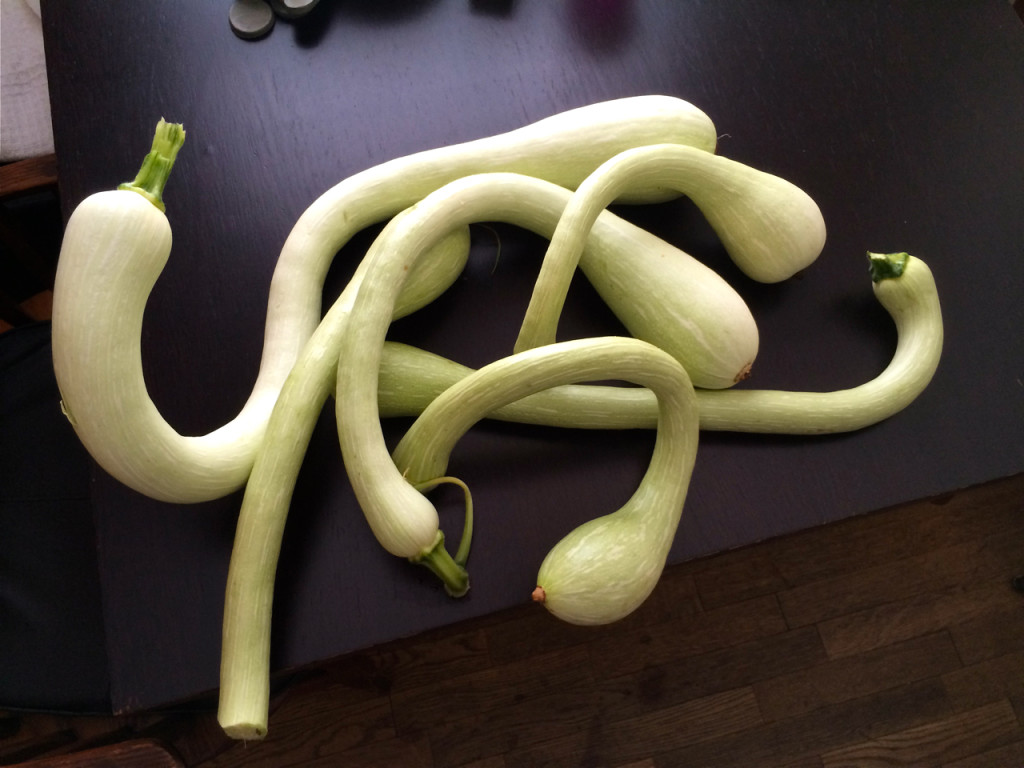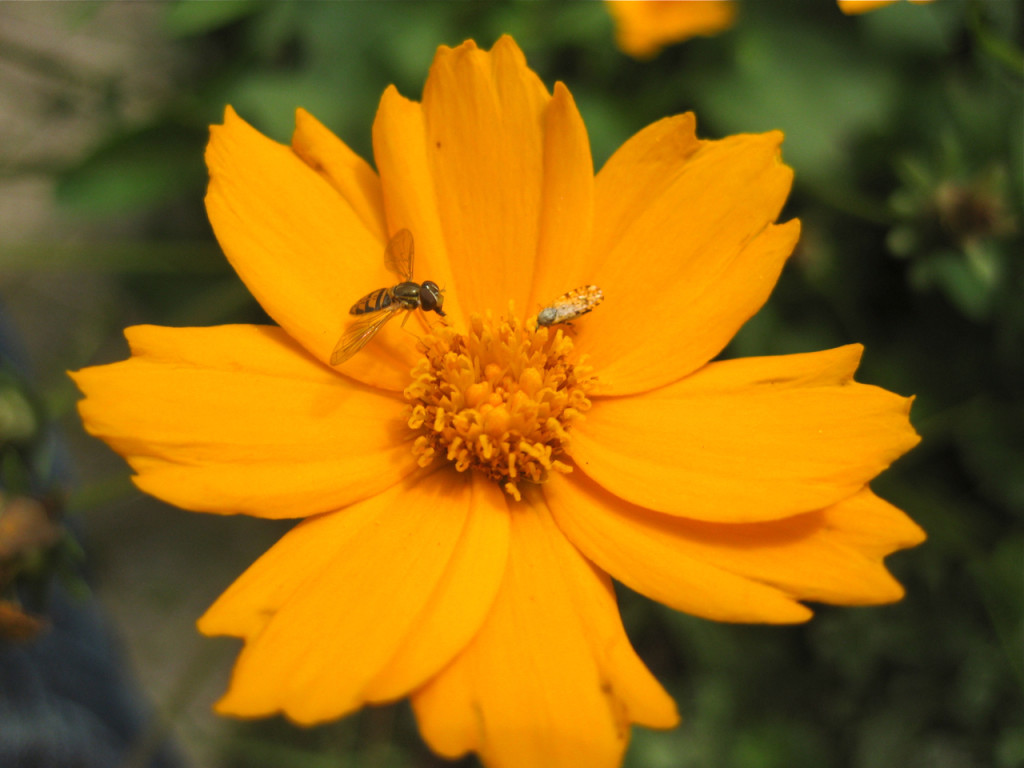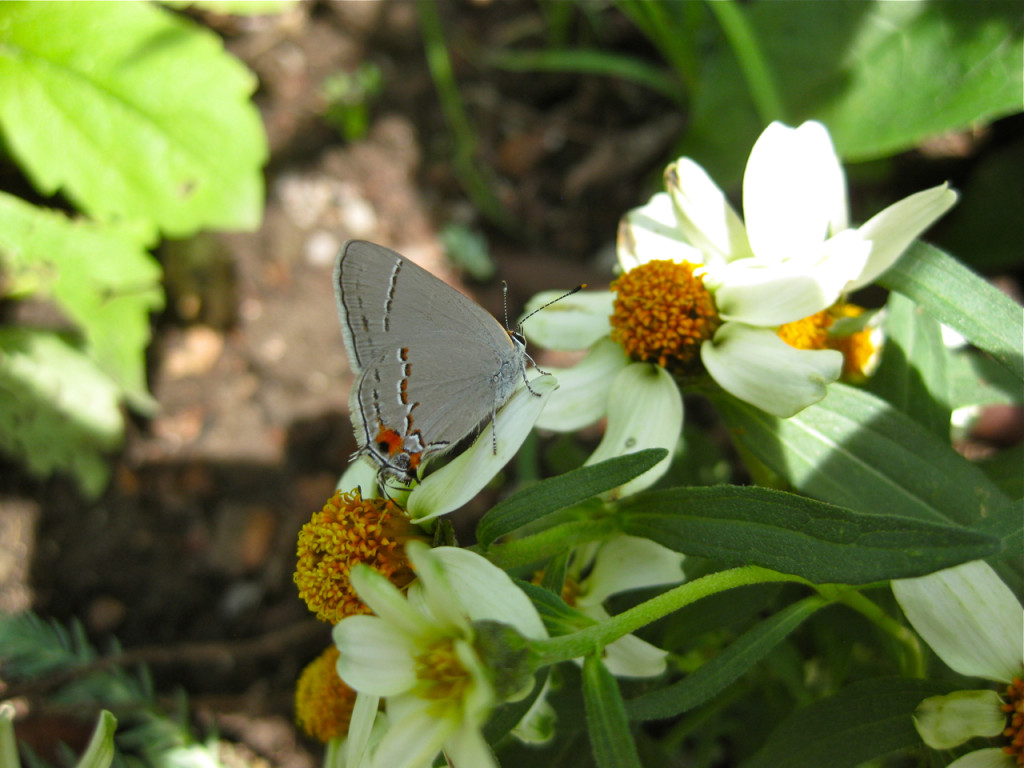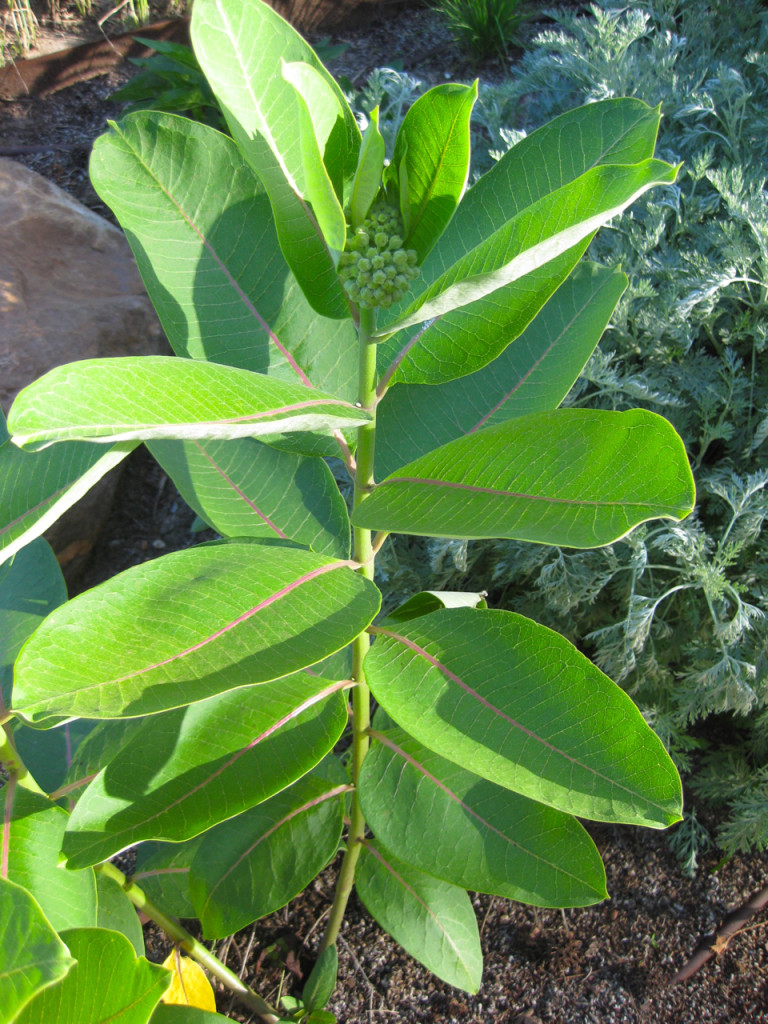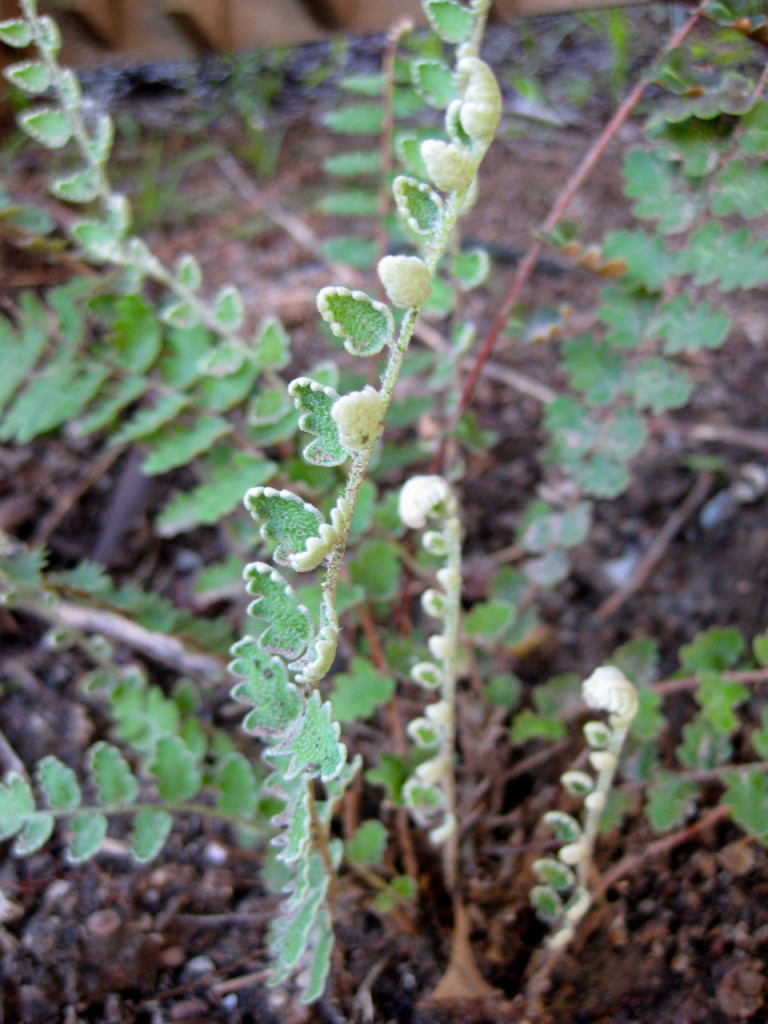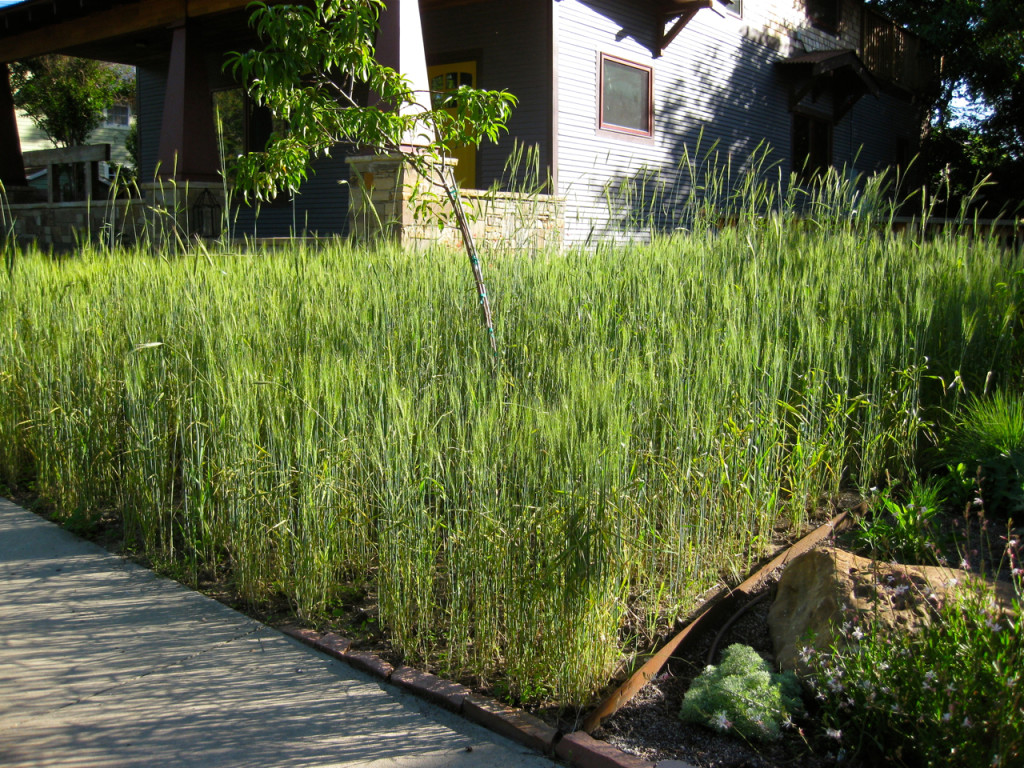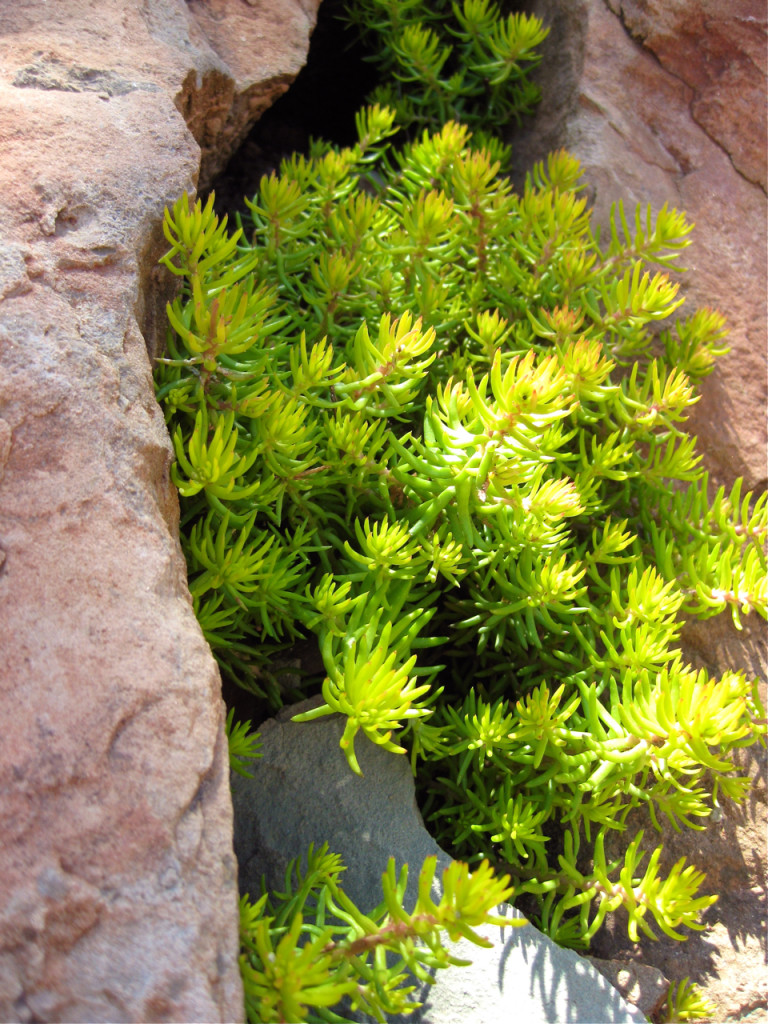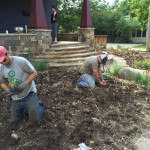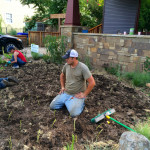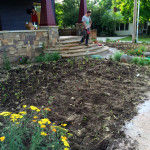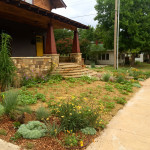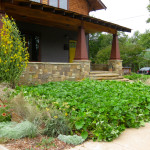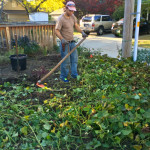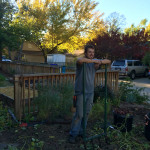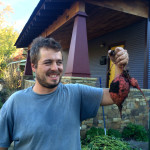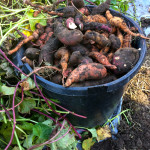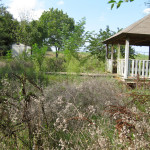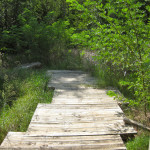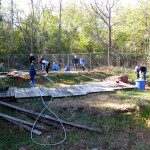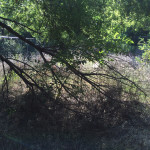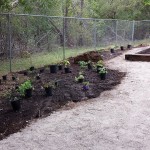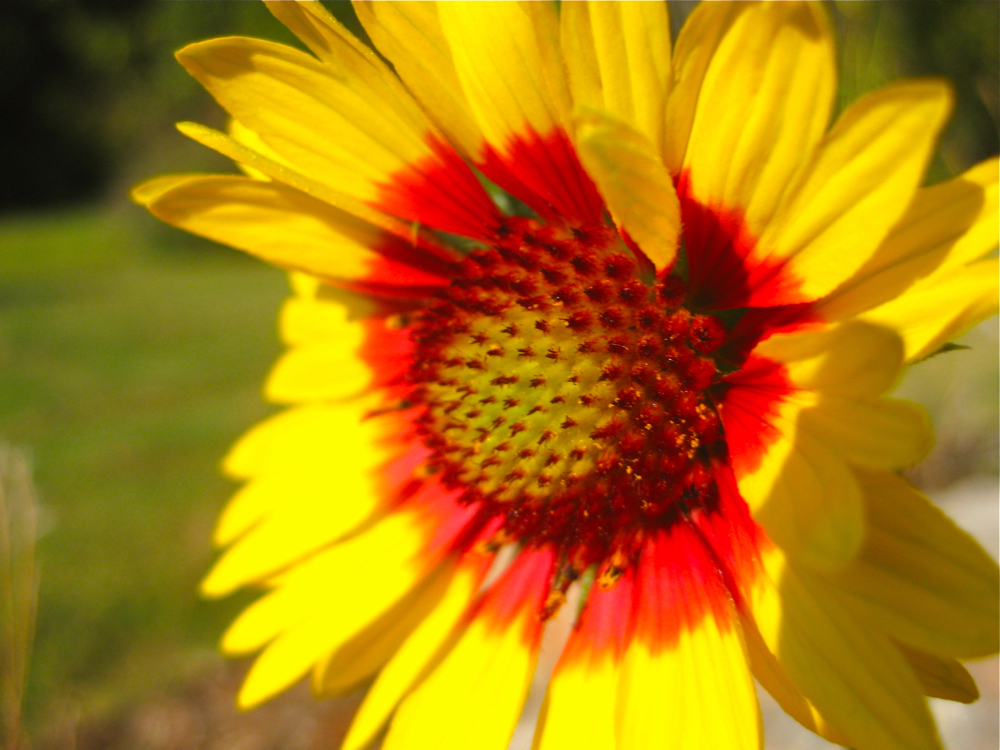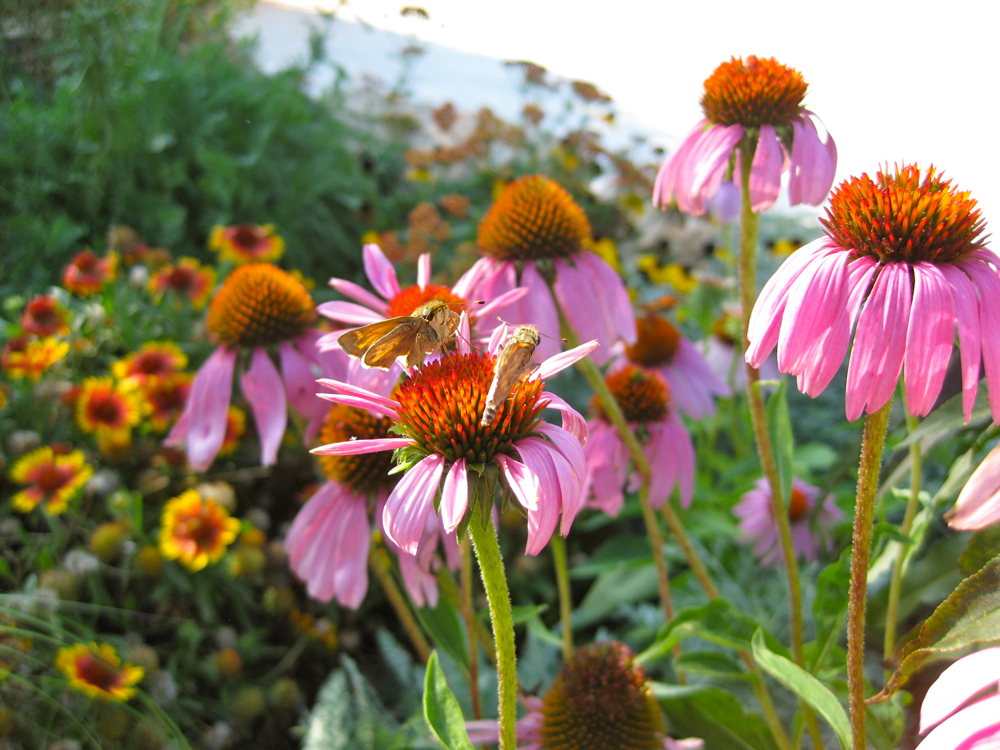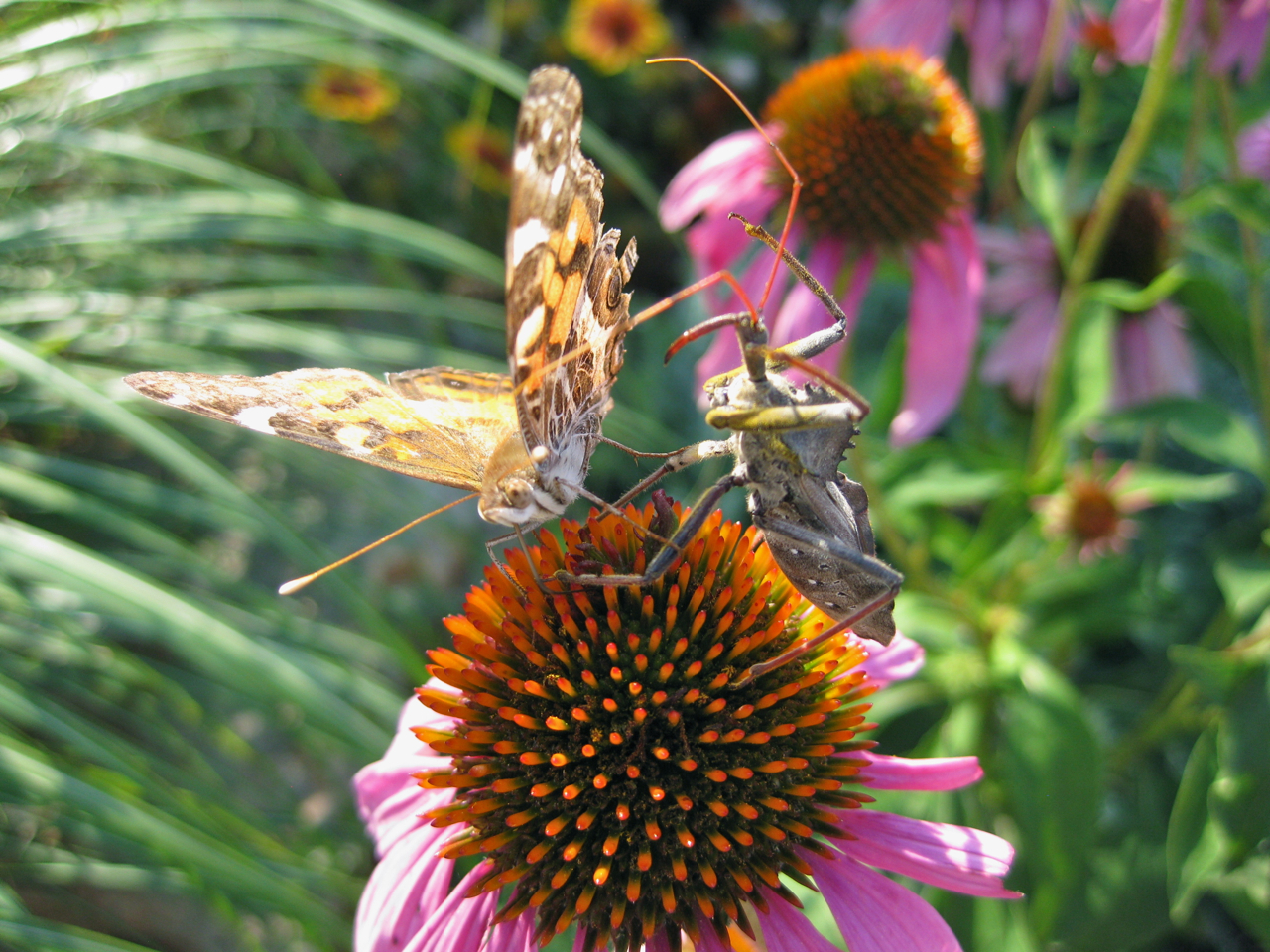Category: garden design
Eco Modern
Landscaping in the context of Modern architecture and design often takes the idea of minimalism and structure a bit too far in my opinion. Often what is most pleasing to look at and experience, is a space that achieves a balance of different textures and feels. The clean lines and minimalist approach of Modern architecture can be accented and balanced beautifully by the grace and elegance of native plantings. With their dynamic, sensual and soft present, prairie plants are a particularly good compliment to stark minimalist forms. Our eyes have been trained to see the typical closely sheared lawn as a lovely open space to surround our homes with but an earlier observer of the great plains would have found the immense vastness of the grasses and flowers of the prairie to be an almost overwhelmingly open space. We need to unlearn the standards we have accepted with the modern lawn and learn to see the unity and cohesion amongst prairie grasses and flowers. This unified aesthetic of prairie plants can be a more ecologically and visually rich replacement for the often too minimal Modernist landscape design that relies on one or two plant species.
We designed and implemented a project last year that played with the balance of minimalism, angles, space, texture and form. The square cut flagstone with decomposed granite fill provides a nice compliment to the house that in turn, is softened by the grasses and native flowers.
As Ludwig Mies van der Rohe put it “We should attempt to bring nature, houses, and the human being to a higher unity”.

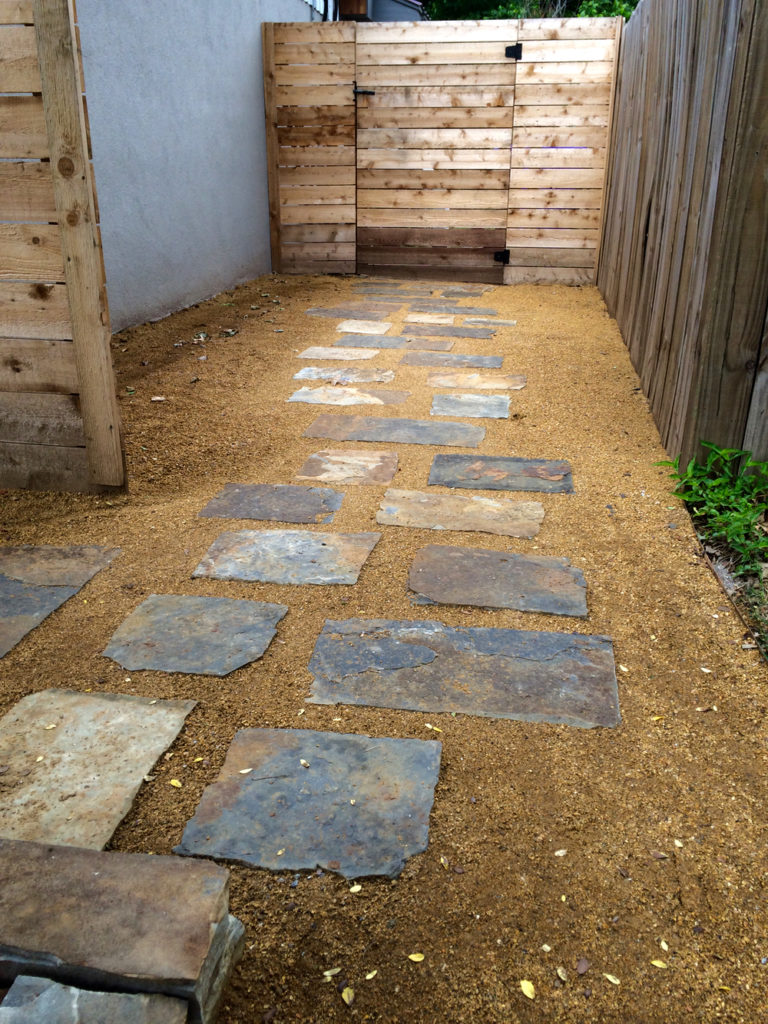

Porch Gardening Article out in Oklahoma Gardener
My porch gardening article in Oklahoma Gardener magazine is hitting the shelves. I took the photos and wrote the article based on the assignment of Life on the Porch: Beat the Heat by Gardening on the Porch. I came up with the concept of the three P’s of porch gardening. Pick up a copy to find out what they are and how to use them.
Late Summer Sights
It’s been a relatively cool August here in central Oklahoma but we haven’t had much in the way of significant rain. Things are a bit dry and dusty, but all in all a nice late Summer time. Here’s some random recent sights from some of our gardens and the region.
August sights
Pi House In May
All of the rain has been kind to our Pi house project (except for the leaf rust on the Wheat). Here’s some recent photos showing how things are progressing. I’m glad to see many pollinators and abundant wild life enjoying the biodiversity.
Sedum Wall
Sweet Potatoes Not Lawns
This year we were excited to try out a two crop rotation in our “Ag lawn” area at the Pi House. When we took over the project the area had been an artificial turf lawn and before that it had been a standard non irrigated “lawn” of mainly Bermuda grass and the typical weeds found in poorly maintained lawns. Our idea was to push the idea of “food not lawns” further than the standard veggies etc. into the production of real calorie producing food crops that could also provide some ornamental value. We wanted to try something bold that could challenge notions about the real potential of turning a lawn, which is an essentially useless space, into a productive mini farm space that can actually provide some of level of self sufficiency for residents. We also wanted to bring elements of Oklahoma’s agrarian landscape and past into the urban setting. In a modern take on a share cropping system, the Eco crew and myself invested some of our labor time into the crop and in return we split up the harvest.
Starting late last Fall after our initial landscape installation we were able to squeeze a sowing of winter wheat in and despite the late planting we had a really healthy crop. Back in June we harvested the wheat crop and we were pleased with our result of 40 lbs from our fairly small ~700 sq. foot area. This should be enough wheat to make at least one loaf of bread per week for a year! I’ll be posting more about the wheat harvest and processing in the near future. Directly after our wheat harvest we planted 500 sweet potato slips of 8 different varieties which took a couple of hours. The little bit of wheat straw left on the area was a great mulch and it by mid July there was an attractive looking sea of sweet potatoes. As the summer progressed the plants got huge and created a thick mass of colorful vines that threatened to engulf sidewalks, beds and the home but with a little gentle training stayed relatively in their area. In Oklahoma we are blessed with a long warm growing season so we were able to wait until early November to harvest. Harvesting sweet potatoes is equal parts digging for buried treasure and working on a chain gang but it only took 3 of us roughly 4 hours to harvest our crop. Our efforts were well rewarded with a 240 lb harvest! All in all it was a productive first season for the “ag lawn”. We have now planted the winter wheat and we’re planning a similar rotation for this year although we may incorporate some dry beans. The possibilities are really endless as we could go with a summer grain ie amaranth, maize, millet or other summer crops like sunflowers, peanuts, lentils etc. What kind of mini farm would you like to replace your energy intensive non productive lawn with?
- Planting slips mid June
- Looking over the work
- 500 slips planted in a few hours
- 1 month later in July
- 2 months later in August
- 3 months later in September
- Cutting Back tops with Scythe. November
- Harvesting with broadfork
- Harvesting sweet potatoes makes you happy
- A rare smile
- Buried treasure
- Harvest weigh in: 240lbs!
- Visions of sweet potato paradise
Native Garden for Washington Elementary Outdoor Classroom
Back in August I went and looked at Washington Elementary’s Outdoor classroom space to see what might be done to restore it to a functional place for learning. For three years or so the area had been virtually left alone and as a result is was in pretty bad shape. A thick impenetrable mass of Bermuda grass, Black Locust saplings and Torilis arvensis Hedge Parsley had set up camp and virtually no desirable flora remained on the site. The immediate solution was to remove all of this unwanted vegetation and start from scratch with native plantings that would provide a resilient natural garden full of educational opportunities. With this in mind I came up with a design incorporating some of our regions ecosystems of tallgrass prairie, shortgrass prairie and cross timber woodlands. After a couple of vegetation removal visits the site was ready for planting and a volunteer day on Saturday November 1st got the majority of the planting work done! The ponds will be the next thing to work on and next year will be critical in establishing our plants and keeping on top of the unwanted plants. Overall this has been a great opportunity for us to volunteer and donate the design, some plants and labor on a project that can demonstrate the value of Eco gardening and also create a civic benefit for our community. Thanks to Washington teacher Tammy Trumble for spearheading the whole effort and to the students and faculty of OU’s college of Business that volunteered. Thanks also to Minick Materials who graciously donated compost and Prairie Wind Nursery who donated some plants. There will be more volunteer days next year so contact us if you’re interested in getting involved.
- not much worth saving: bermuda grass, crab grass, hedge parsley and black locust
- another before view
- volunteers hard at work
- after installation
- before
- after. ready for installation


